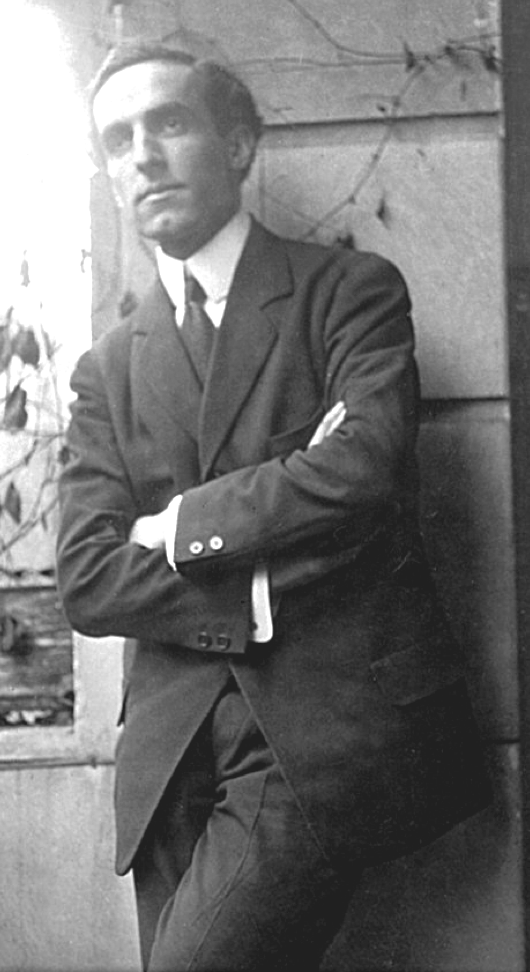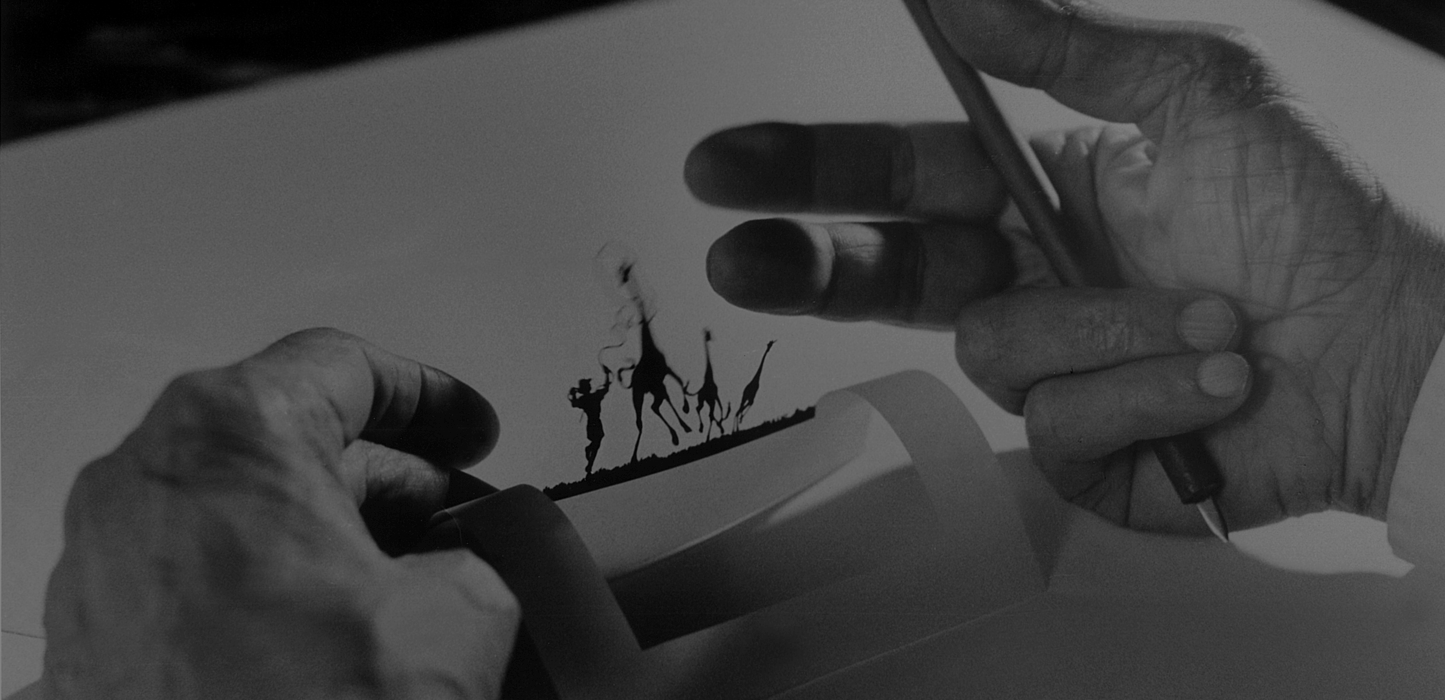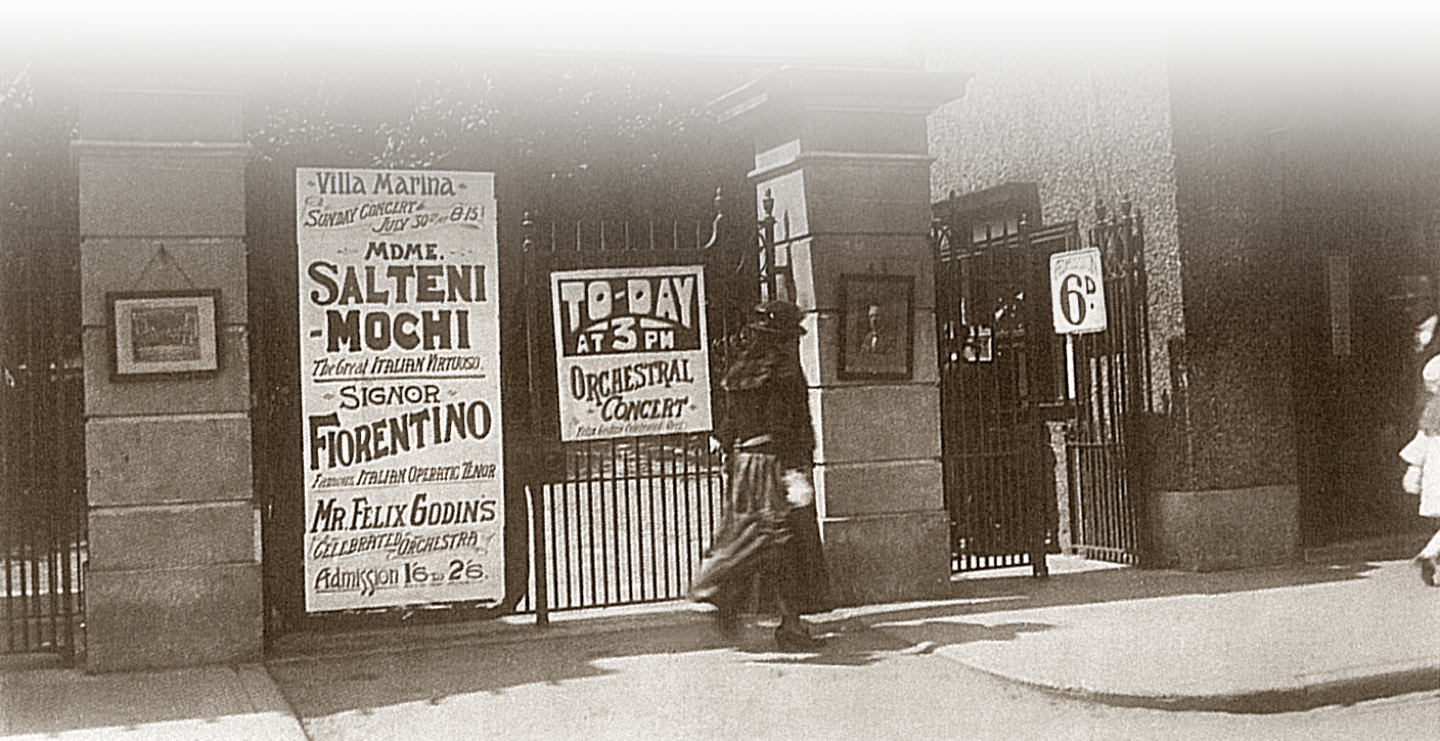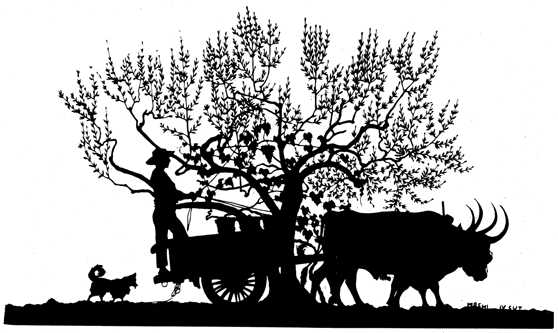After living through the First World War in Germany, Mochi returned to Italy in 1919. He continued to sing under the name Signore Fiorentino. Meanwhile his entrancing paper-cut outlines were attracting greater attention in his home country, earning him significant commissions for Italian companies Campari and Pirelli.
His wife, June, through her many concerts, had earned the reputation as one of the great interpreters of Bach, Handel, and Mozart.








